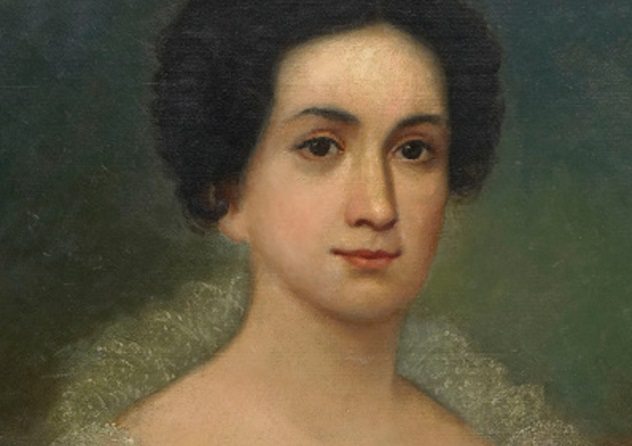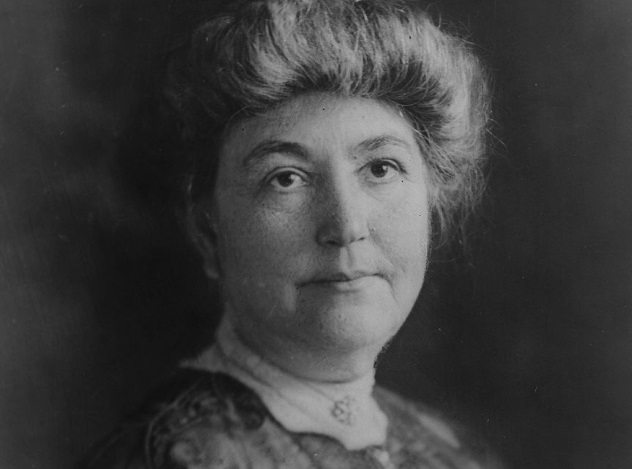Letitia Tyler

Letitia Tyler was a socially engaged member of Washington’s elite society. Sadly, in 1839, the mother of seven would suffer a stroke, leaving her partially paralyzed. As luck would have it, her husband, John, would soon be chosen as the vice presidential candidate for William Henry Harrison. Nonetheless, his days of attending to Letitia’s needs at their home in Williamsburg would soon come to an end in April 1841, when he succeeded to the presidency upon the sudden death of President Harrison. Given her physical limitations, Mrs. Tyler was not present at her husband’s swearing-in. Nevertheless, she went on to manage all of the family and public social affairs from the confines of her bedroom. Spending the majority of her days in her room beside her Bible and prayer books, she directed many charitable contributions from her own personal wealth to the poor of Washington.
After political turmoil plagued the Tyler administration, First Lady Letitia suffered a second stroke. For days, she wrote her children, pleading for their return to Washington, DC. It is said that on the night of her death, Letitia, holding a rose in her hand, turned toward the door, searching for her son who would never arrive. On the evening of September 10, 1842, Letitia Tyler became the first of three first ladies to die during their incumbency. As the city bells tolled in her honor, her casket lay in state in the East Room while crowds gathered outside “sobbing, wringing their hands, and every now and then crying out, ‘Oh, the poor have lost a friend.’ “[3]
Ellen Wilson

During the first three months of her husband’s administration, First Lady Ellen Wilson hosted over 40 White House receptions, musicals, and recitals. Her love for the arts proved comedic to the press, who often criticized her fashion sense—or lack thereof. Ironically, it would be her artistic eye that left an enduring contribution to the presidential mansion, including the creation of the Rose Garden.
Ellen suffered in private, sparing her loved ones the knowledge that she was dying from a kidney ailment known as Bright’s disease. On July 23, 1914, Dr. Cary Grayson moved into the White House, only to pack up 13 days later following the death of Mrs. Wilson. President Wilson was given the unexpected news of his wife’s grave condition merely 48 hours before her passing. He later stated that on her deathbed, Ellen uttered that she could “go away more cheerfully” if she knew that the alley clearance bill would pass. Word of this was sent to Capitol Hill, and her request was immediately granted.
On August 6, 1914, Ellen became the third presidential wife to die in the White House. Her remains were rested on her bed in the mansion before a private funeral four days later in the East Room. Her grave would go unmarked (albeit with a headstone) for a full year, drawing attention to the fact that the widower president had already publicly moved on with Edith Bolling Galt, whom he’d marry in December 1915.[4]
...[ Continue to next page ]
Share This Post













